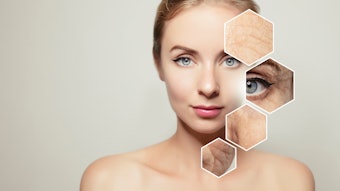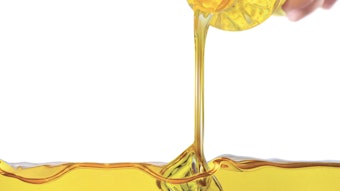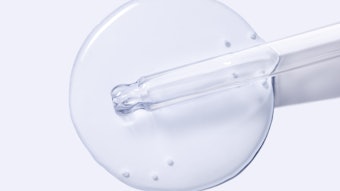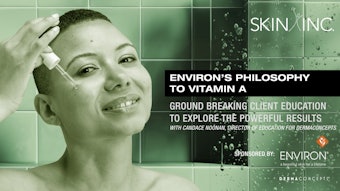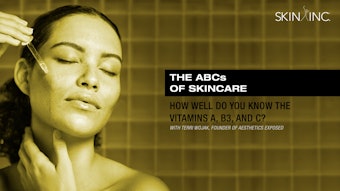
Oscar Wilde was right. Color adds richness, visual appeal and vibrancy to our ordinary daily life. Imagine if color didn’t exist. We would be missing a key element that shapes our experiences and makes them memorable.
In a study titled “Impact of Color on Marketing,” researchers found that up to 90% of snap judgments made about products are based on color alone.1 The same is true regarding the products chosen for the skin. Do you reach for the brightly colored or glittery lotion that practically begs to be taken home with you? Are dye-free products dull and less appealing to you than those with artificial colors? For some consumers and spa professionals, that is the case. However, with an increased focus on well-being, a rising incidence of allergies and concerns about chemical safety, the demand for more natural cosmetics is escalating. And so, the natural and organic cosmetic market continues to grow. Naturally, it makes sense to question the need for and safety of color additives.
How Are Color Additives Regulated?
In the United States, cosmetic colorants are highly regulated by the U.S. Food & Drug Administration (FDA), with some having a dangerous safety history. The FDA does not permit manufacturers to add any ingredient to cosmetics for the purpose of changing color, unless the agency has approved that ingredient. The FDA has approved some colorants and banned others for use in cosmetics within the U.S.
Approved colorants fall into two categories:
- Exempt from batch certification, and
- Subject to batch certification.
According to the FDA, colors must not be used in a batch unless the FDA has certified that the batch has passed analysis of its composition and purity in the FDA’s labs. If the batch is not FDA-certified, it should not be used.
Colors subject to certification are derived primarily from petroleum and are sometimes known as “coal-tar dyes” or “synthetic-organic” colors. Generally, they have three-part names which include a prefix (FD&C, D&C or External D&C); a color; and a number (No. 5). FD&C Yellow No. 5 is an example of this. Certified colors also may be identified in cosmetic ingredient declarations by color and number alone, without a prefix, such as Yellow 5.
Approved colorants not subject to certification are obtained primarily from mineral, plant or animal sources, including annatto, micas, titanium dioxide, etc. However, they still are considered artificial colors, and when used in cosmetics, they must comply with regulations.
This does not include any material that is determined to be used (or intended to be used) solely for a purpose or purposes other than coloring.
Why are colorants so regulated in the cosmetic industry? Even though the FDA asserts color additives are thoroughly evaluated prior to approval and deemed safe when used in accordance with regulations, why are there still concerns? Over the years, many colors—including yellow numbers 1, 2, 3 and 4—once approved, have been banned due to adverse health effects including endocrine disruption and cancer.
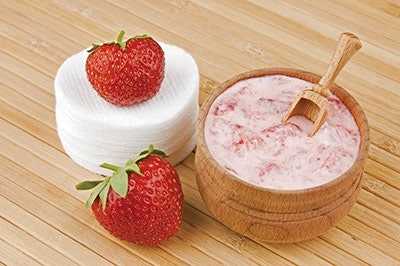
Benefits of Natural Colorants
The alternative to traditional color additives is natural colorants, and the benefits, including benefits for both the body and the environment, will be discussed here.
Body Benefits
Product safety is a top priority for cosmetic manufacturers. Certain materials must be included in a product for it to be deemed safe. Appropriate preservative systems must be used to prevent adulterated products. However, when an artificial ingredient is not mandatory and is used only for visual appeal, why use it in the first place? Doing so only adds to our toxic load. The air we breathe, the water we drink, the foods we eat—all can become contaminated with toxins that threaten our health. Why choose a product that increases the dangers? Even though “approved” colorants may be considered safe independently, they still might lead to negative results when combined with other materials. As our largest organ, our skin absorbs what we put on it. Fewer chemicals are always best.
Environmental Benefit
For the environmental impact, consider the bigger picture. Manufacturers produce thousands of products at a time, and this volume can have a significant impact on the environment. By far, inorganic substances constitute the greatest proportion of chemical contaminants in drinking water. Cosmetic chemicals are not just hazardous to aquatic life; all life on earth is dependent on the water cycle. The chemicals that have been introduced into aquatic ecosystems evaporate along with the water and are then transferred to other areas through rain. Cosmetic-related chemicals have been found in rivers, oceans, streams, lakes, public water supply, agricultural soil and even household dust particles. Livestock exposed to these chemicals can suffer reproductive, genetic and developmental changes as well as many types of cancer. As you can see, the effects are progressive and far-reaching.
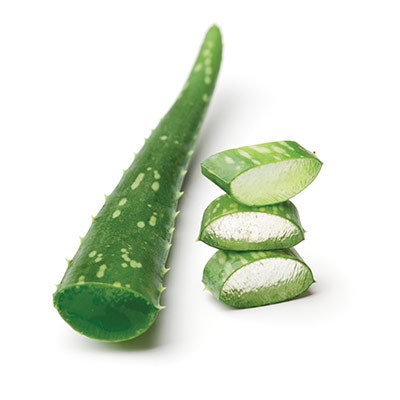
Natural Color Origins
Natural-based products get their color from many different natural skin care ingredients, including essential oils, fruit and vegetable extracts, peels, powders and flowers. Each ingredient serves a purpose and is directly beneficial to the skin.
For example, natural herbs, fruit and vegetable-based ingredients can be used in several ways to incorporate added skin care benefits (including vitamins and antioxidants) and color into formulations.
Mica powder, a natural mineral often crushed into a fine powder for use in cosmetics, is another common colorant. A variety of oxides, ultramarines and natural colorants are combined with mica powder to create an extensive and attractive palette of colors. But exercise caution when using mica powders, as they might be combined with synthetic dyes.
Always look for the official International Nomenclature Cosmetic Ingredient (INCI) names, which are the systematic names internationally recognized to identify cosmetic ingredients. They are developed by the International Nomenclature Committee and published in the International Cosmetic Ingredient Dictionary and Handbook and will include the official prefix and number.
Color May Vary
Color variances are common in natural beauty products. Unlike inexpensive artificial dyes, the colors of quality natural ingredients aren’t always consistent. A number of factors cause the variations.
Consider citrus fruit, such as oranges, from which orange essential oil or orange peels are derived. Oranges of the same species are never the same exact color, even when they are harvested from the same tree. The shade of color can vary from a pale orange to a deep burnt orange. When using ingredients from nature, a color’s hue, saturation and depth will fluctuate depending on multiple factors. Color can appear different based on where the ingredient was grown, the soil it was grown in, the climate and many other influences. When products vary slightly in color, it doesn’t mean they’ve gone “bad” or that the formula has changed, but instead that nature has orchestrated unique qualities.
Take Eco-Practices Beyond Color
The environmental effects of cosmetic chemicals, including cosmetic dyes, are far-reaching, but there are steps we can take to keep these toxins off of our skin and out of the environment. Consumer demand has already prompted some companies to proactively remove toxic chemicals from their products. You can find resources online that provide lists of these safe companies and their artificial dye-free products.
Apart from checking the chemical composition of products, spa professionals should also educate themselves on the sustainability of the ingredients used in the treatments they’re delivering to their guests. Products like coconut oil and aloe vera are easily renewable, whereas palm oils are not.
Finally, I urge spa professionals to consider the type of packaging products come in, because it can have a significant impact on our carbon footprint. Some manufacturers have taken the earth-friendly initiative to use only recyclable plastic bottles, containers made of Post Industrial Resin (PIR) plastics (made from plastic scraps destined for landfills), simple paper wrapping or reusable glass packaging to keep product waste out of the landfills.
With awareness and responsible purchasing practices, spa professionals have the power to help decrease their clients’ exposure to toxins and to reduce the earth-damaging pollution caused by cosmetic chemicals.
References



